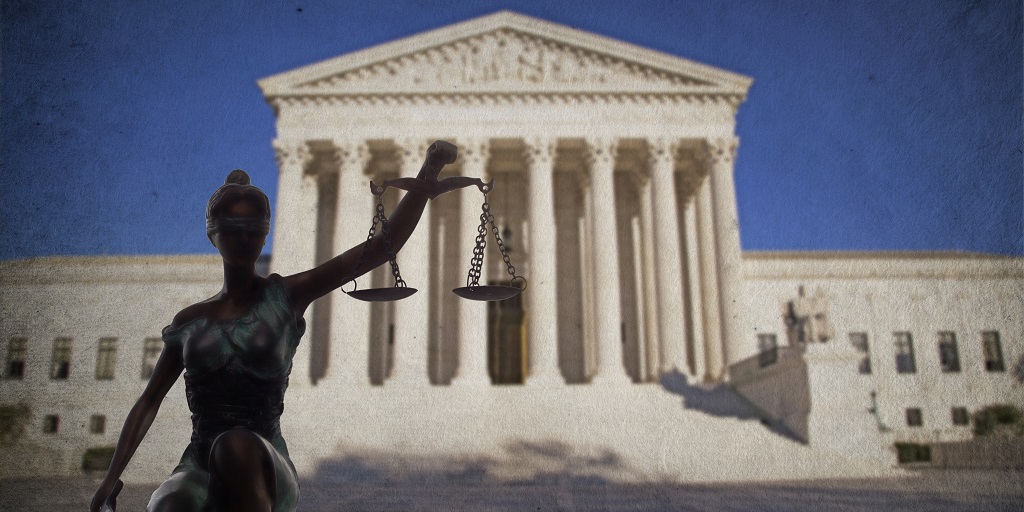In December 2022, the Supreme Court stepped in to keep Title 42 (the pandemic health policy that has allowed the United States to carry out over 2.5 million expulsions since March 2020) in effect, after a DC court had overturned the policy. The Court’s action came in response to a coalition of GOP Attorneys General that sought to intervene to defend the policy. Now, less than a month before the Supreme Court was set to hear oral arguments as to whether the States should be permitted to intervene, the Court took the case off its calendar—but declined to lift its decision keeping the policy in effect.
What is impact of the Supreme Court’s action?
By taking the case off its oral argument calendars, while keeping its formal stay of the DC case in effect, the Supreme Court has ensured that Title 42 will remain in effect until at least May 11. That’s the date on which the Department of Health and Human Services (HHS) intends to lift COVID-19-related public health emergency, according to a White House announcement last month.
The current Title 42 order, in effect since August 2021, contains a provision stating that it will remain in effect until “the expiration of the Secretary of HHS’s declaration that COVID-19 constitutes a public health emergency.” That means that May 11 is now the likely end-date for Title 42.
However, that deadline is far from certain. The GOP States that originally blocked Title 42 from ending in 2022 have indicated that they intend to keep litigating the issue, even once the official public health emergency expires. The States argue that the Centers for Disease Control and Prevention (CDC) is required to go through a lengthy formal procedure to end Title 42, even after HHS terminates the public health emergency.
So far, the GOP States seeking to keep Title 42 in place have not filed any new legal case challenging the May 11 date for termination. It remains difficult to see what legal arguments they could make to override the explicit terms of the policy, given that Title 42 by its own terms would no longer be in effect after the public health emergency expires.
Should the GOP States somehow succeed in keeping Title 42 alive even past the expiration of the public health emergency on May 11, the Supreme Court’s decision not to hear this case in March could make it even more difficult to end the policy. That’s because the Supreme Court would be unable to hear any oral arguments until fall 2023, as the Supreme Court’s last day of oral argument will be on April 23.
What do the Supreme Court’s actions suggest for immigration policy in general?
The Supreme Court’s decision to keep Title 42 in effect for now, without ruling on the States’ request to intervene, highlights how federal judges continue to wield outsized influence in setting immigration policy. This occurs even despite laws supposedly limiting judicial authority in the world of immigration.
At this point, no side in this debate is even pretending that the policy has anything to do with public health, even though Title 42 is a public health law that can only be used for public health reasons. Instead, the debate has purely become about the immigration implications of Title 42 and federal judges’ views about how President Biden should be managing the border. As Justice Gorsuch wrote in December “courts should not be in the business of perpetuating administrative edicts designed for one emergency only because elected officials have failed to address a different emergency. We are a court of law, not policymakers of last resort.” Unfortunately, by taking the oral arguments off the calendar, the Supreme Court has once again kept a policy in effect without any legal rationale. Asylum seekers at the border are the ones who continue to suffer.
FILED UNDER: Supreme Court, Title 42


